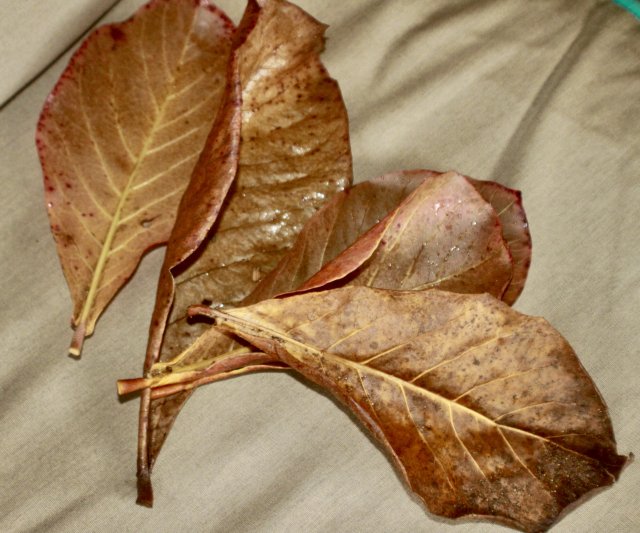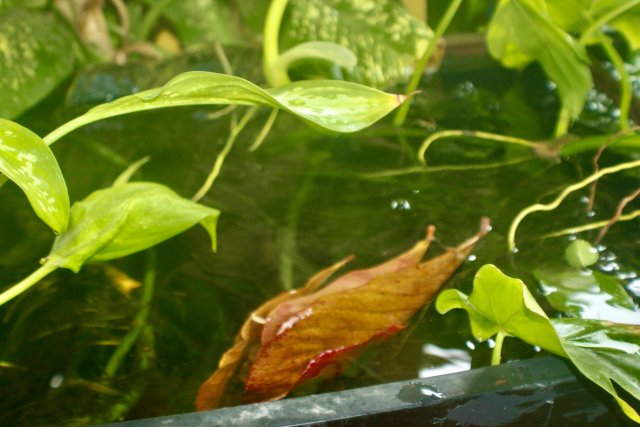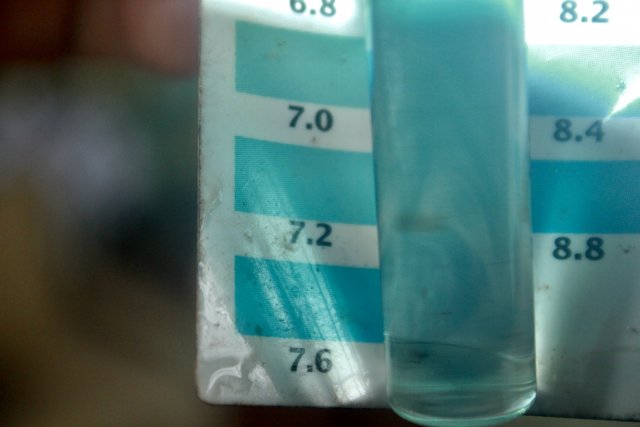After having an ongoing battle agaist algae, I have drawn the conclusion that it is a result of my tanks being imbalanced due to poor city water. My water is checked regularly, and falls into optimum parameters on all fronts, with the exception of Ph. It’s extremely high, which is what i believe is causing the algae proble, and causing my plants to generally struggle. What I would like to do, is try to lower the Ph all naturally with peat, as I to keep my tanks as chemically free as possible. I want to lower the Ph very gradually, over the course of months, if necessary. Here’s the catch: I would like to pretreat my change water as opposed to using the granular filter bags, as dumping lousy city water into the already peat filtered water seems counter productive. I want zero change in water quality between my change water and existing water. Does anyone have any experience with pretreating the change water with peat? Any advice , tips, or thoughts on the the subject would be appreciated. For the record, I also wouldn’t be opposed to liquid Blackwater extract, if anyone feels that’s a productive, viable option as well. Thanks in advance.
Discuss.
Discuss.







